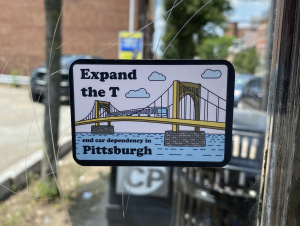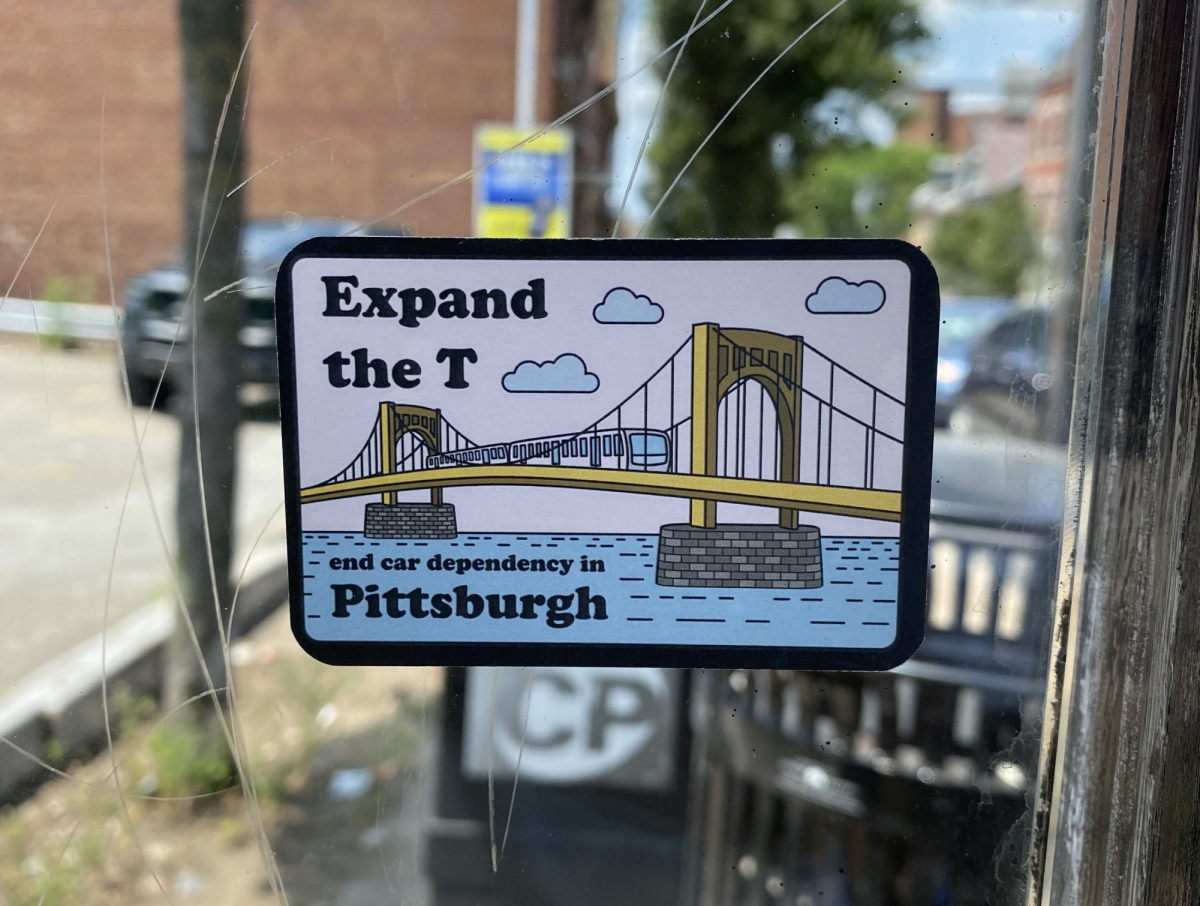On Aug. 31, 2010, President Obama announced that the end of the Iraq War was near. Obama unveiled a new plan in February 2010 to bring home the remaining U.S. soldiers and to increase training and money so that Iraqis could defend themselves. It was estimated that 100,000 troops would be redeployed and 50,000 would stay in Iraq until late 2011.With the end of the war near, questions have arisen about the restrictions that were placed on the publication of war photographs. The Iraq war spawned more restrictions on photography than any past war, and has resulted in a daily limit on photographs published in the U.S.The Iraq War has limited photographers in publishing photographs of any American solider who was killed in war and can be visually identified. The government has even forbidden the publication of photographs that show faces of non-wounded soldiers or division shoulder patches.This not the first war in U.S. history that has been censored. After heavy censorship of images of American casualties during World War I and the beginning of World War II, President Franklin D. Roosevelt lifted photography restrictions.World War II has been attributed to changing the art of photography forever. It was the first time any photographs involving death has been published. The first one appeared in Life Magazine and showed three American bodies lying on the beach after a landing in the Pacific.Limits on Vietnam War photography were also lifted, and when the American public saw the true nature of the conflict, protests formed. Life-changing photographs, such as of the Vietnam Napalm girl, the 1967 “flower in the gun” protest and the 1968 photo of a gunned down Vietnamese man, stired the public’s interest.During the Persian Gulf War, the Pentagon put a stop to any kind of media coverage of coffins returning to Dover Air Force Base in Delaware. The Seattle Times was the first to publish the flag-draped coffins on the front page, despite the Pentagon crackdown. Photographer Tami Silicio, her husband and co-worker David Landry were later fired for running the story and photograph.The Iraq War began with light photography restrictions, but by 2006, the restrictions had been reinstated and forced photographers to obtain permission from soldiers and family members before publishing any photographs. The New York Times has been noted as saying “New … rules were adopted in the spring of 2007 that required written permission from wounded soldiers before their image[s] could be used, a near impossibility in the case of badly wounded soldiers… While [the] restrictions do permit photographs of dead soldiers… in practice, photographers say, the military has exacted retribution on the rare occasions that such images have appeared. In four out of five cases that The New York Times was able to document, the photographer was immediately [punished] following publication of such photos.” Such rules are set in place to protect the soldiers and their families. But it has also prevented the press from accurately portraying the war. “After five years and more than 4,000 American combat deaths, searches and interviews turned up fewer than a half-dozen graphic photographs of dead American soldiers,” said The New York Times. Many photographers, such as Zoriah Miller and Stefan Zaklin, have been black-listed from photographing in Iraq. Both photographers pushed the limits of the restrictions and published disturbing but authentic war photographs. Both photographers have now been heavily restricted and are under observation by the U.S. government.Zoriah Miller’s photograph was an image of Marines killed in a suicide bomber attack. Miller then posted the photographs on his personal website and was forbidden to work in the Marine Corps’ controlled areas. The image does portray a harsher view of the war than I am accustomed to seeing, but no faces are revealed and nothing identifies the person in the image. The image is in black and white and features Marines’ bodies lying in the rubble.Stefan Zaklin took his photograph for the European Pressphoto Agency. The photograph depicts a soldier who was shot and killed in Fallujah, in a house used as a base for insurgents. The photograph, however, was only run in European publications. Zaklin was then banned from working with any military unit. Although those two reporters pushed the boundaries of war, they clearly showed the true nature of behind the war. The pictures they produced told a story that needed to be told. The United States has had casualties that need to be honored. These fallen soldiers are there protecting us and these photographs tell Americans that they are risking their lives for us. The photographers had the freedom to take those photographs and publish them. Their censorship was an offense against our First Amendment rights. Historical photographs that have moved and inspired generations have documented other U.S. war. Photographs like: The flag raisers of Iwo Jima and photographs from Pearl Harbor are examples of such art. The Iraq War has no photographs that will stand the test of time, at least so far.With the war’s end near, I hope that more photographs will surface and more war stories can be told. America needs to depict the true and unhappy ending for the Iraq war in order to accurately document U.S. history for future generations. The photography limitations need to be reconsidered and reevaluated. Photographers shouldn’t be afraid to tell the story of the Iraq War.
April 10‘Burgh Bites: Chaykhana









